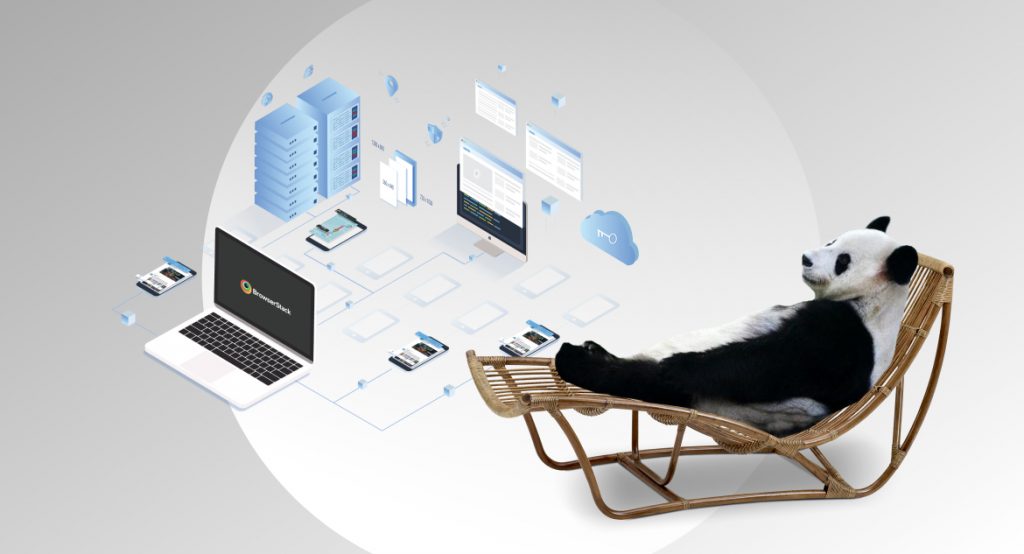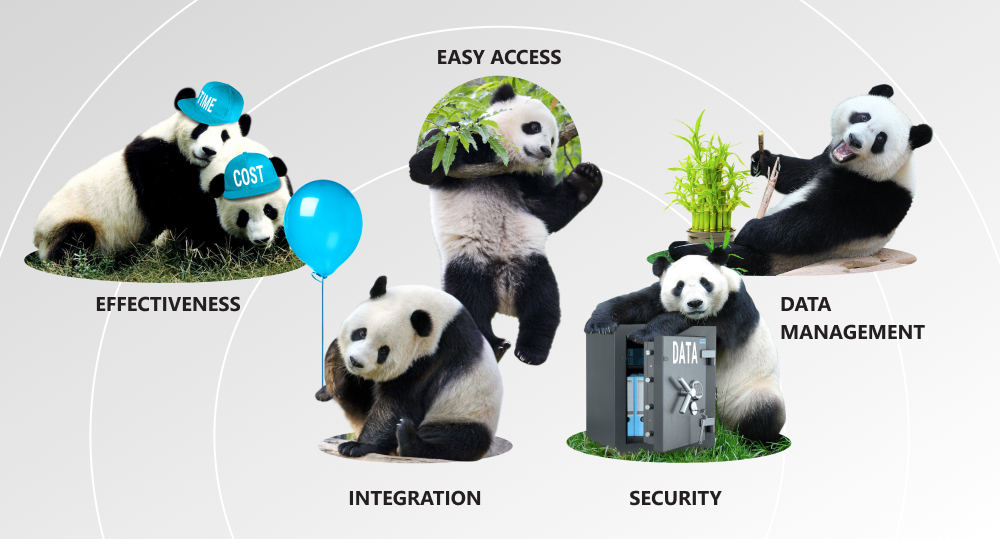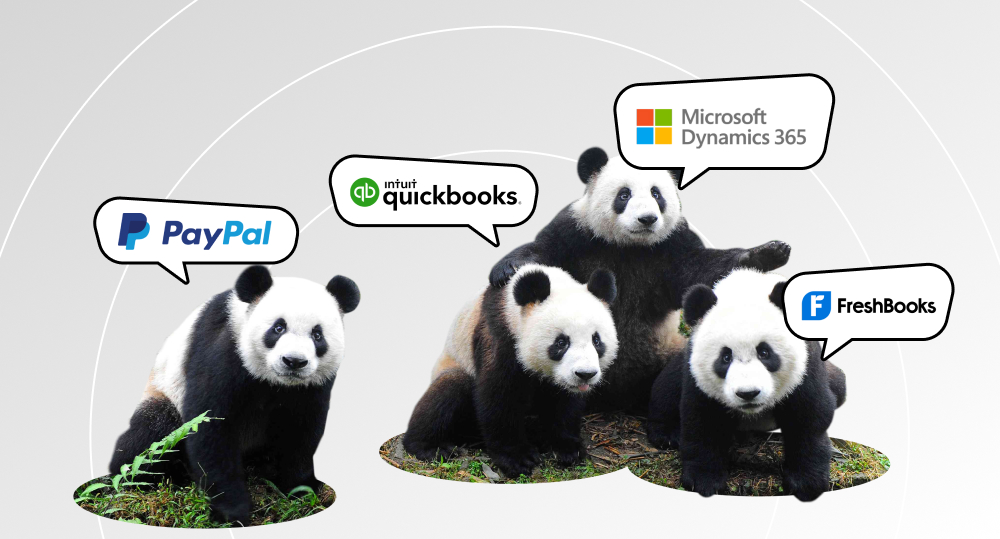Can you significantly decrease the number of customer inquiries with just one improvement? In 2006, Shenzhen Telecom’s customer service center managed to drop the number of calls from 200,000 to 114,000 a month and saved the company about £100,000 a year. How did they do that? The company introduced innovative billing system design and architecture and made all their payment data concise and clear. No need for calling to get more details. And that is only one example of how you can benefit from advanced billing systems.
Our new article will throw light on the latest trends in billing system architecture. We have handpicked only the best facts about the latest tech for billing in 2022.
written by:
Sergey Pupkevich
Head of Java Tech Cluster, Qulix Systems
Contents
Are Digital Billing Systems All the Rage in 2022?
First, let us face the truth, billing and invoicing done manually are still alive in 2022. Yes, companies that apply this traditional method which requires tons of human involvement and multiple touchpoints do still exist.
Nevertheless, the modern reality is coming like an avalanche. According to Statista, digital methods of payment are more and more common for practically everything. It is expected that global digital payments will reach 51.7% by 2024. For example, mobile payments via Apple Pay or Google Pay in North America are believed to double between 2020 and 2025. At the same time, mobile payments in the Asian region will have an even larger scope, according to the researchers.
Moreover, the 2021 survey showed that around 37% of customers would prefer to use a QR code as a payment method in a restaurant or bar. Seems quite a challenge for bartenders to make QR codes’ drawings for their clients, huh?
And these are only a few examples that illustrate the growing trend. Thus, there is no other way to meet the future for businesses but to move towards introducing digital billing system architecture into their services.
What Is a Billing System with an Example?
First, let us review the notion in brief. So, a billing system is a software stack of subsystems and components that creates bills and invoices for different consumers. It works out what someone owes you, who they are, and how you can contact them. A billing system is also able to track the payment receipts against the invoices issued.
Let us take a simple electricity bill, for example. Imagine you are an electricity supplier. So, to generate a bill, you will need solutions for features like:
- consumption measurement;
- calculating the cost (consumption × current rate);
- applying taxes, fees, additional service charges, etc. to the calculated amount;
- creating bills;
- sending the bills to your customers;
- applying payment data to your customers' accounts when they pay the bills;
- an accounts receivable system for further adjustments.
And do not forget that all those options have to be integrated into your company's financial system.
It would be great to have a silver bullet to complete this hassle of tasks effectively.
Why Do You Need a Billing System?
The most obvious answer to this question is that billing systems help you make complicated things easy. Also, they provide your business with a wide range of new prospects. We have handpicked five of the most significant ones.
Time & Cost Effectiveness
What is the first consideration when choosing a new tech product? You estimate how it will contribute to saving essential resources such as time and money. So, with a digital system for billing, you will automatically handle such vital business tasks as the creation of recurring invoices and bills for your customers. You will be able to adjust reminders and will never forget a single task. Also, a billing platform can be integrated into your customer portals and save your time for invoices and bill management.
Integration on the Air
Traditional billing is a crazy and busy process of updating details about bills, invoices, and payments. To facilitate this task, a billing system architecture integrates with different payment gateways via APIs and automatically updates the payment information for you and your customers.
Easy Data Access
With paper bills, consumer copies of invoices, and lots of other documents in your office, you will be in real trouble when trying to find the necessary information in a traditional database. Nevertheless, it is a different matter with a digital billing system. You will get access to all your data at ease and can work with it remotely.
Data Security
A sound billing system architecture provides you with bank-grade security for the entire payment process. Integrated software is far more reliable and safe compared to manual invoices in email attachments.
Easy Data Management
When you have a centralized platform for all the bills, invoices, payments, and expanded info about your customers, you can easily manage the database. What is more, you can utilize the data across different departments in your company and apply AI-powered tech to understand and plan the processes more efficiently.
What Are Examples of Successful Billing Systems Out There?
We can find a variety of billing platforms available on the market today. Some of them offer software tailored for specific industries like legal, medical, or billing software. Others have unified solutions that you can adjust to your business needs.
So, it's time to turn to some recognized leaders of billing systems in the modern market. Let us see what they offer to their clients in 2022.
PayPal
Today, over 26 million businesses power their payments with PayPal. Why do they choose it? First, it lays special emphasis on fraud and seller protection tools. Also, the platform can be used globally and is suitable for any type of business — from SMBs to multitiered enterprise solutions.
The vendor offers the basic free version, which can be expanded to more complicated fee-based solutions. Pricing on the platform is based on transactions.
But some PayPal clients had really bad times when trying to unlock their accounts or communicating in disputes, as the customer support leaves much to be desired.
QuickBooks
Quite popular billing systems by Intuit are valued by more than 5 million users worldwide. QuickBooks Enterprise provides a powerful and flexible billing system to fit even the most complicated business needs. QuickBooks Invoicing Software helps SMBs to run their routine tasks faster and more efficiently.
You can start using Intuit billing systems with a free trial period. But then you will have to turn to one of the vendor's plans with monthly fees. And, to tell you the truth, the pricing is rather high, especially for enterprises.
Dynamics 365
Microsoft Dynamics offers a range of business management solutions. With Dynamics 365 you will get automated and streamlined financial, supply chain, and customer relationship processes.
Nevertheless, the platform is not a cheap pleasure. And some customers find it quite difficult to learn all the functionality.
FreshBooks
This invoice software helps small businesses create bills and invoices fast and easily. But FreshBooks does not have an enterprise solution.
The platform offers a flat rate pricing model for a small monthly fee. On the other hand, it has a rather limited list of supported banks.
Why Not Build Your Billing System Software?
So, why not build your billing system software? You will not have to waste time struggling to adjust numerous features to your business. And, of course, money matters, as the majority of the aforementioned platforms may cost you an arm and a leg.
Therefore, if you decide to launch your billing system project, you will have to focus on building the following functionality:
- Catalog Service. This service is at the bottom of the software stack. It stores all necessary information and offers an API to retrieve prices, product specifications, rules, etc.
- Entitlement Service. It provides an API for entitlement information management. It means it fine-tunes what should be billed and how the service is provided. The service generates bus events for other service connections.
- Invoice Service. This solution offers an API for retrieving past invoices, required adjustments, and triggering future invoices. Bus events for other services are also generated at this stage.
- Payment System. It has an API for past payments and retrieving refunds as well as for triggering new payments and refunds.
- Overdue System. The system is driven through the whole configuration and is activated when payments fail or your customers do not complete their payments. It is implemented to terminate the service, send notifications, and take other measures. The system offers an API and generates bus events.
In addition to the core functionality, you may consider adding a set of extra options like services for discounting, credit control and collection, multiple currencies and multilingual support, reporting, auditing, and others.
Prepare for the Future
We believe that an advanced billing system is a must for any business today. It will save you time and funds, integrate your company into the global infrastructure, and provide data protection and easy access. Also, you will be able to use your data for efficient planning and development.
The silver lining of your billing system project is the ability to create an architecture developed according to your business requirements. Our top-notch fintech software development professionals will deliver excellent solutions for your prosperous future!
Need to discuss the details of your billing project? Feel free to contact our support team at any convenient time!

Contacts
Feel free to get in touch with us! Use this contact form for an ASAP response.
Call us at +44 151 528 8015
E-mail us at request@qulix.com











